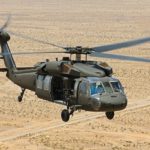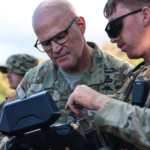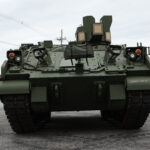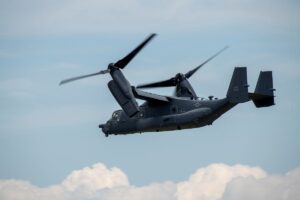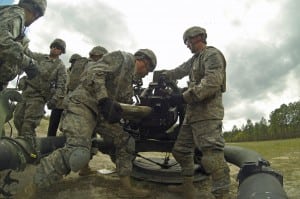
In future wars, the Army will focus less on capturing ground objectives and more on working from the land to wage all-out, multi-domain warfare in all domains at once, a group of “mad scientists” advising the Army’s Training and Doctrine Command (TRADOC) says.Traditionally, the Army gained and held ground against the enemy with the aid of air and sea power. A perfect example is the Gulf War, where the military used air power to knock out Iraqi communications capabilities and…

 By
By 